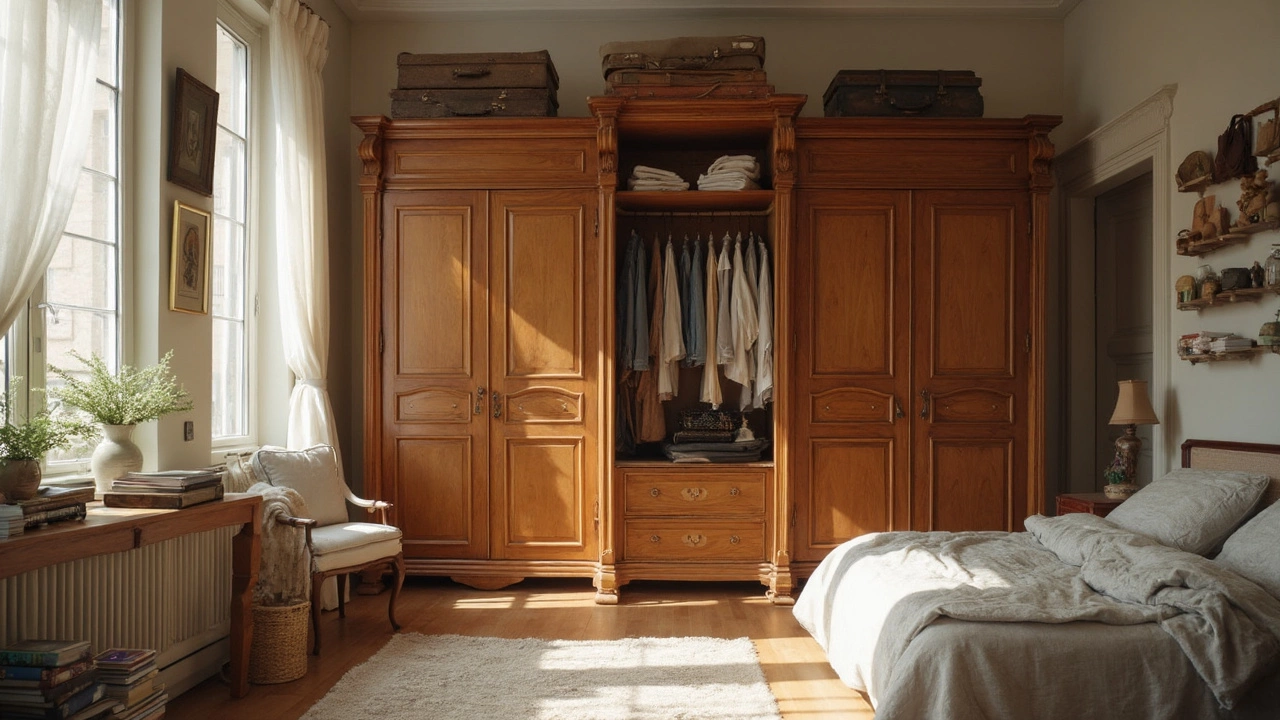Wardrobes
When planning wardrobes, large freestanding storage units that keep clothes, linens, and accessories organized. Also known as armoires, they serve both functional and decorative roles in homes. In everyday life, a wardrobe does more than hide clutter; it defines a room’s silhouette, holds seasonal items, and can even act as a room divider. Wardrobes encompass storage solutions that range from simple hanging rods to built‑in drawers, shelves, and shoe racks. Because they’re movable, they adapt to changing needs, making them a flexible backbone for any bedroom layout.
Closet vs. Wardrobe: Understanding the Core Difference
A closet, built‑in or walk‑in space integrated into a wall works differently—it's usually fixed to the structure, while a wardrobe can be moved. Closets influence bedroom layout by defining where walls end and storage begins, often dictating the placement of beds and nightstands. Because a closet is permanent, planning its dimensions early in a renovation avoids later headaches. Wardrobes, on the other hand, give you the freedom to experiment with placement, swap styles, or relocate entirely if you move homes. This fluidity makes wardrobes an essential part of any flexible storage strategy.
When you talk about storage solutions, methods and furniture that maximize space efficiency, wardrobes are a core component, especially in rooms without built‑ins. Effective organization requires matching wardrobes with storage solutions—think of adding modular shelves inside the wardrobe, using hanging organizers for accessories, or installing pull‑out drawers for small items. These combos turn a simple piece of furniture into a high‑performing system that keeps everything tidy and easy to find.
As part of bedroom furniture, items like beds, dressers, and nightstands that shape a sleeping area, wardrobes influence the overall style and flow. Choosing the right bedroom furniture helps integrate wardrobes into the room design, whether you prefer a minimalist Scandinavian look or a richer, traditional vibe. Pairing a sleek, matte‑finish wardrobe with a low‑profile platform bed creates a clean, airy feel, while a carved‑wood wardrobe alongside a tufted headboard adds depth and elegance. The material, color, and hardware of a wardrobe should echo the other pieces for cohesion.
Practical tip: measure the floor space first, then decide on the wardrobe height based on ceiling clearance and the length of hanging garments. A common rule is to allow at least 60 cm of clearance above the highest hanger to avoid crushing long coats. Material matters too—particle board is budget‑friendly but may sag under heavy loads, while solid wood or metal frames provide durability. Light‑colored finishes open up small rooms, while dark tones create a grounding anchor in larger spaces. Adding internal organizers like pull‑out shoe racks or built‑in laundry bins turns a simple wardrobe into a full‑service closet.
Current trends in 2025 show a rise in modular wardrobes that let you add or remove sections as your needs evolve. Sliding doors are popular in urban apartments where swing space is limited, while glass‑panel doors add a boutique feel to boutique‑style bedrooms. Sustainable materials such as bamboo or reclaimed wood are gaining traction, offering eco‑friendly options without sacrificing style. Smart wardrobes with built‑in lighting, motion sensors, and even inventory tracking apps are no longer futuristic—they’re becoming a mainstream way to streamline daily routines.
Below you’ll find a curated set of articles that dive deeper into each of these topics. From a side‑by‑side look at closets versus wardrobes, to budget‑friendly bedroom makeover ideas, to expert tips on maximizing storage, the collection is designed to give you actionable insights you can apply right away.
